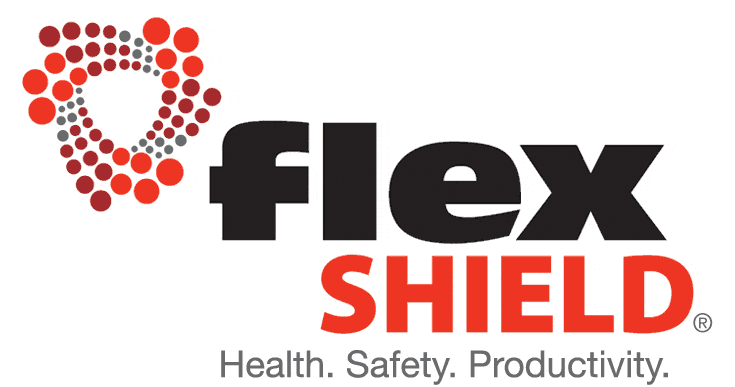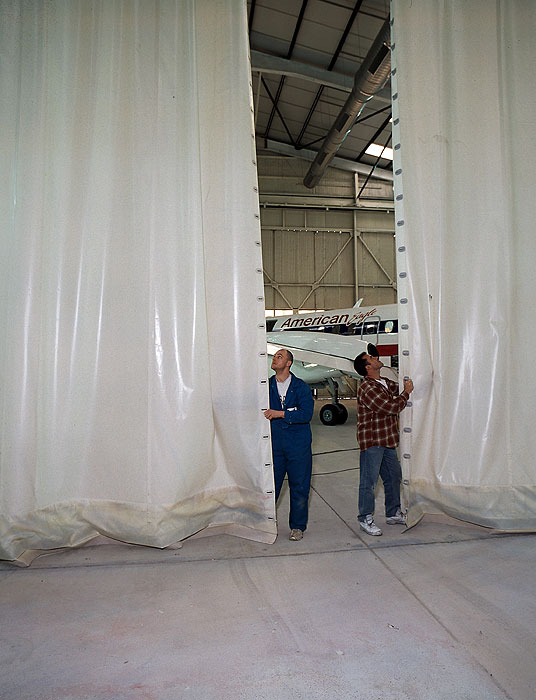Call 1300 799 969 | Contact Us


Home » Cross Contamination in Manufacturing: Frequently Asked Questions
In the interests of promoting health, safety and productivity, Flexshield as a result of this present the following answers to questions about cross-contamination in general manufacturing.
As you’ll see when you read our Cross Contamination Fact Book, these are very important questions.
A. Contamination across production lines can cause product damage, yield reduction, product recalls, expensive reworks and other outcomes that will affect businesses in both the short and long term. Estimation of ineffective contamination control systems cost Australian manufacturers millions of dollars annually.
A. Cross-contamination can take many forms – dust, fibres, gases, over-sprays, flaking paint, rusty pipes, shavings, spillages, insects and more. It can also be caused by machinery and other production equipment, loose raw and semi-finished materials, packaging material, different media used in the manufacturing process and other materials. However, the number one cause of cross-contamination in manufacturing is people. Hair, sweat, fibres from clothes, dirt and mud from gloves and boots, litter and more can all spoil products on production lines.
A. There are several ways to minimise contamination across production lines that vary in terms of severity, likelihood and significance. It pays to be vigilant:
A. As well as reducing/ eliminating contaminants such as foreign objects, paint sprays and so forth, contamination control can combat the following:
A. Both. Our patented SonicClear Screens can be permanent fixtures, or they can be removed or moved around, depending on your plant’s immediate requirements. They can also be hung as sliding sheet curtains so that areas can be enclosed or opened up at will, depending on your production schedule.
A. Yes, you can. Our SonicClear screens are custom made to suit your exact size and specifications. They are easy to install and provide immediate results. We can supply the curtains in kit form with step-by-step instructions, or we will gladly install them onsite. We also manufacture a complete SonicClear support system that will take care of all your fixing and support requirements.